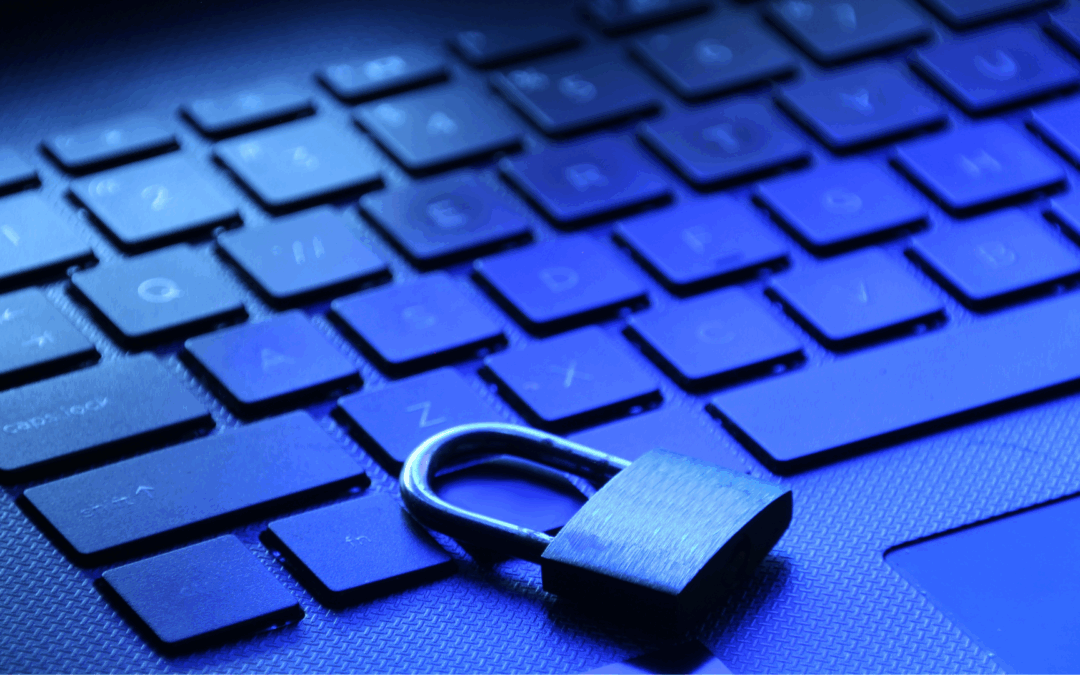Have you ever wondered how vulnerable your business is to cyberattacks? According to recent reports, nearly 43% of cyberattacks target small businesses, often exploiting weak security measures.
One of the most overlooked yet highly effective ways to protect your company is through Multi-Factor Authentication (MFA). This extra layer of security makes it significantly harder for hackers to gain access, even if they have your password.
What is Multi-Factor Authentication?
Multi-factor authentication (MFA) is a security process that requires users to provide two or more distinct factors when logging into an account or system.
This layered approach makes it more difficult for cybercriminals to successfully gain unauthorised access. Instead of relying on just one factor, such as a password, MFA requires multiple types of evidence to prove your identity.
This makes it a much more secure option.
Why is Multi-Factor Authentication Crucial
Multi-Factor Authentication is a security method that requires more than just a password to access an account or system.
It adds additional layers, typically in the form of a time-based code, biometric scan, or even a physical security token. This makes it much harder for unauthorised individuals to gain access to your systems, even if they’ve obtained your password.
It’s no longer a matter of if your small business will face a cyberattack, but when. Implementing MFA can significantly reduce the likelihood of falling victim to common online threats, like phishing and credential stuffing.
To better understand how MFA works, let’s break it down into its three core components
MFA 1: Something You Know
The first factor in MFA is the most traditional and commonly used form of authentication (knowledge-based authentication). It usually involves something only the user is supposed to know, like a password or PIN.
This is the first line of defense and is often considered the weakest part of security. While passwords can be strong, they’re also vulnerable to attacks such as brute force, phishing, or social engineering.
Example: Your account password or a PIN number
While it’s convenient, this factor alone is insufficient to ensure security, because passwords can be easily stolen, guessed, or hacked.
MFA 2: Something You Have
The second factor in MFA is possession-based. This involves something physical that the user must have access to in order to authenticate. The idea is that even if someone knows your password, they wouldn’t have access to this second factor. This factor is typically something that changes over time or is something you physically carry.
Examples:
- A mobile phone that can receive SMS-based verification codes (also known as one-time passcodes).
- A security token or a smart card that generates unique codes every few seconds.
- An authentication app like Google Authenticator or Microsoft Authenticator, which generates time-based codes that change every 30 seconds.
These items are in your possession, which makes it far more difficult for an attacker to access them unless they physically steal the device or break into your system.
MFA 3: Something You Are
The third factor is biometric authentication, which relies on your physical characteristics or behaviors. Biometric factors are incredibly unique to each individual, making them extremely difficult to replicate or fake. This is known as inherence-based authentication.
Examples:
- Fingerprint recognition (common in smartphones and laptops).
- Facial recognition (used in programs like Apple’s Face ID).
- Voice recognition (often used in phone systems or virtual assistants like Siri or Alexa).
- Retina or iris scanning (used in high-security systems).
This factor ensures that the person attempting to access the system is, indeed, the person they claim to be. Even if an attacker has your password and access to your device, they would still need to replicate or fake your unique biometric traits, which is extraordinarily difficult.
Now is the Time to Implement MFA
Multi-Factor Authentication is one of the most effective steps you can take to protect your business from cyber threats. By adding that extra layer of security, you significantly reduce the risk of unauthorized access, data breaches, and financial losses.
Start by assessing your current systems, selecting the right MFA solution, and implementing it across your critical applications. Don’t forget to educate your team and regularly update your security settings to stay ahead of evolving cyber threats.
MAXIMUM NETWORKS
Get in touch with the Maximum Networks team team today on 0330 102 7444 or using our contact form

